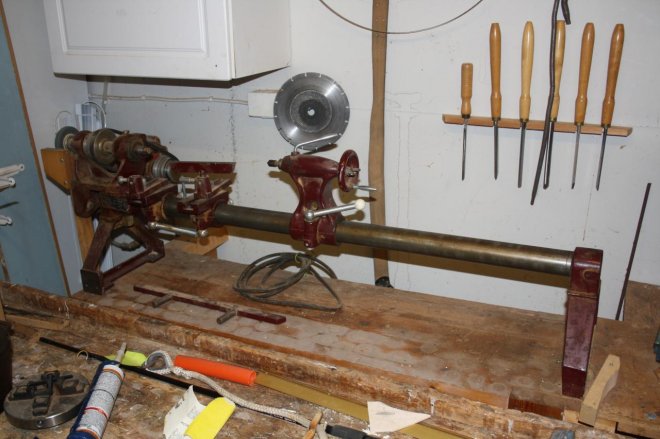heimlaga
Established Member
I am not very interrested in turning but every now and then I need to turn some simple parts. My Taiwaneese disaster of a lathe keeps fighting me so I had already found an old a very beaten up and worn out small line shaft driven lathe with babbit bearings and all in true 19th century style. It is awaiting a rabuild.
Now I stumbled on a Coronet Mayor lathe for sale locally. Ready to run for the same prize as the slightly more solid line shaft driven lathe would cost to rebuild and convert to motor driven.
They both have roughly the same capacity...... should I buy the Coronet and avoid a lot of rebuild work or what do you think?
How solid is a Coronet Mayor with that curios one post bed?
Now I stumbled on a Coronet Mayor lathe for sale locally. Ready to run for the same prize as the slightly more solid line shaft driven lathe would cost to rebuild and convert to motor driven.
They both have roughly the same capacity...... should I buy the Coronet and avoid a lot of rebuild work or what do you think?
How solid is a Coronet Mayor with that curios one post bed?





